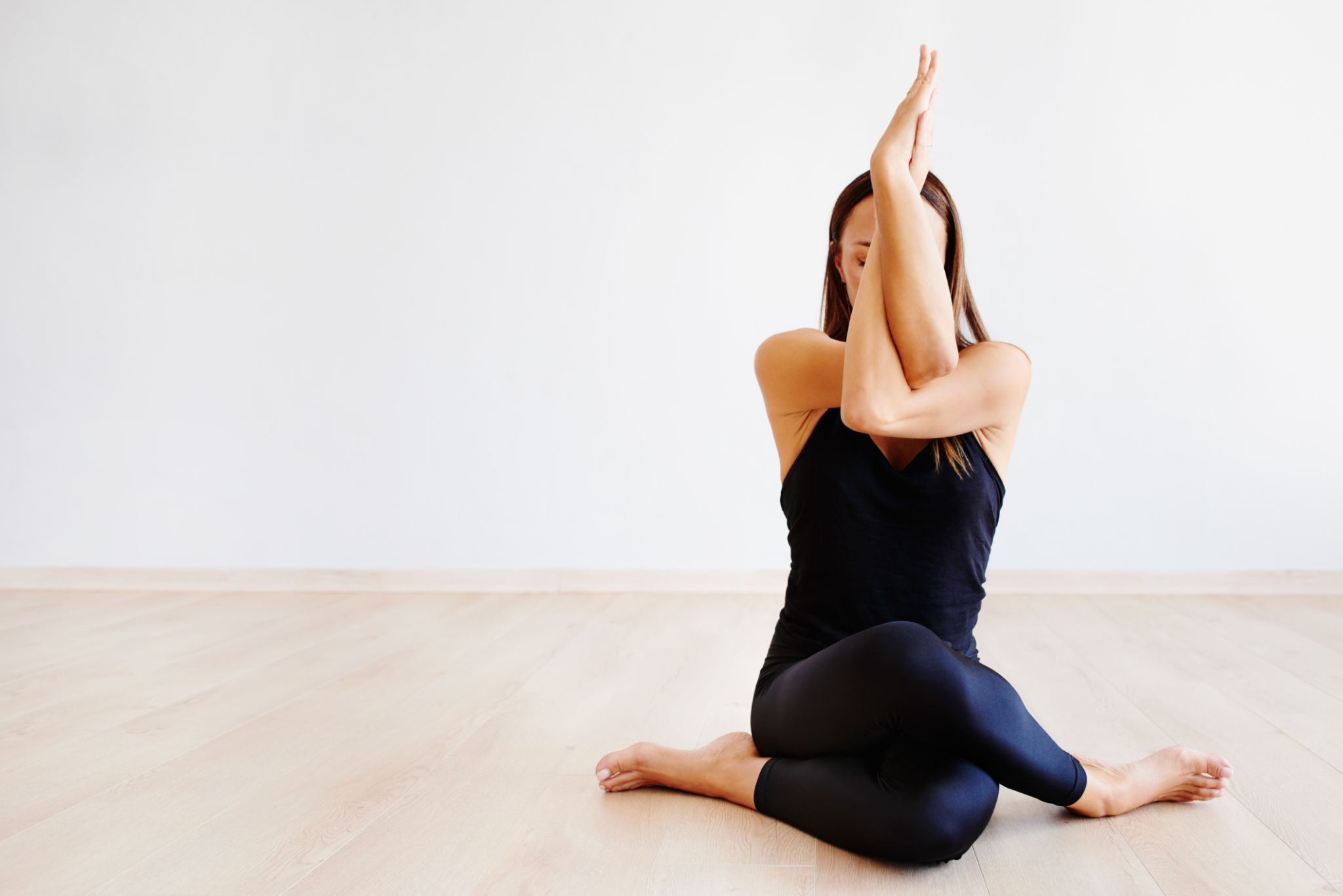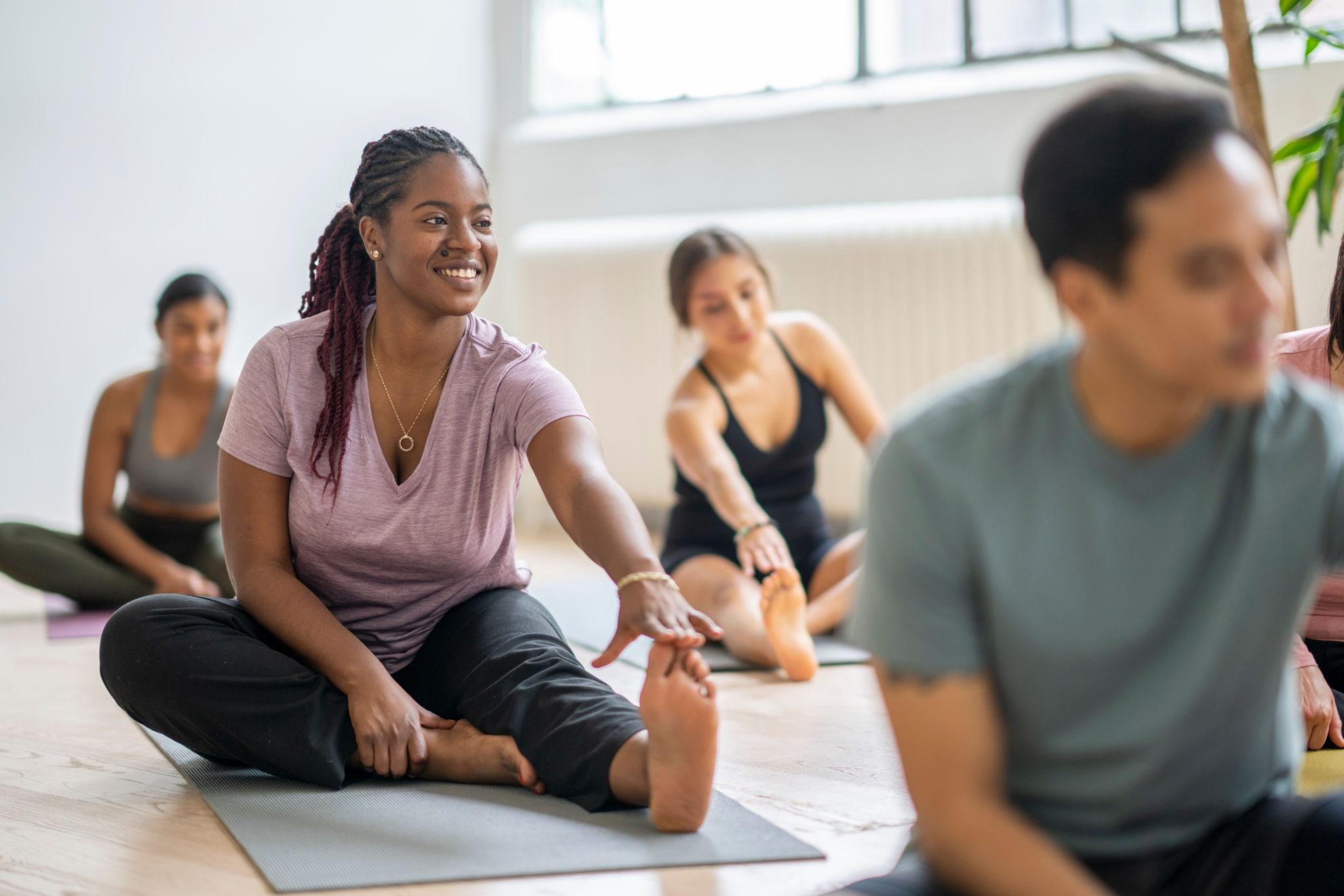The Rising Trend of Laughter Yoga in the U.S.: Why It's Gaining Popularity
Understanding Laughter Yoga
Laughter Yoga is a unique practice that combines laughter exercises with yoga breathing techniques, resulting in a series of fun and engaging activities. This innovative approach was developed by Dr. Madan Kataria in India in 1995, and it has since gained global attention. The core idea behind Laughter Yoga is that voluntary laughter can provide the same physiological and psychological benefits as spontaneous laughter.
The practice is typically conducted in groups, where participants maintain eye contact and engage in childlike playfulness, which often leads to genuine laughter. This method helps reduce stress, boost mood, and improve overall well-being. In recent years, Laughter Yoga has started to gain popularity in the United States, appealing to a wide range of people seeking alternative methods to enhance their health and happiness.

Why Laughter Yoga is Becoming Popular
Several factors contribute to the rising popularity of Laughter Yoga in the U.S. One significant reason is the increasing awareness of mental health issues and the search for effective, non-pharmaceutical solutions. As people become more conscious of the importance of mental wellness, practices like Laughter Yoga offer an appealing way to combat stress and anxiety without relying on medication.
Additionally, the simplicity and accessibility of Laughter Yoga make it attractive to many. Unlike traditional yoga, it requires no special equipment or advanced physical skills, making it suitable for people of all ages and fitness levels. Many find the communal aspect of Laughter Yoga to be particularly rewarding, as it fosters a sense of connection and positivity among participants.
The Science Behind Laughter Yoga
Research has shown that laughter has numerous health benefits. Engaging in Laughter Yoga can lead to increased endorphin production, improved cardiovascular health, and reduced levels of stress hormones like cortisol. These benefits are achieved through the combination of laughter exercises and yogic breathing techniques, which enhance oxygen intake and promote relaxation.

Moreover, laughter stimulates the release of neurotransmitters such as dopamine and serotonin, which play a crucial role in mood regulation. Regular practice of Laughter Yoga can lead to long-term improvements in mental health, making it an attractive option for those seeking natural ways to boost their emotional well-being.
Integrating Laughter Yoga into Daily Life
For those interested in incorporating Laughter Yoga into their routine, there are several options available. Many cities across the U.S. now offer Laughter Yoga classes and clubs, providing a supportive environment for beginners and seasoned practitioners alike. These sessions are often held in community centers, parks, or even online, making them accessible to a broad audience.
Individuals can also practice Laughter Yoga at home by performing simple exercises such as clapping rhythms, chanting mantras like "ho ho ha ha ha," or engaging in playful activities that induce laughter. The key is to maintain a light-hearted approach and embrace the silliness that comes with the practice.

The Future of Laughter Yoga
As more people discover the benefits of Laughter Yoga, its popularity is likely to continue growing in the U.S. This trend aligns with the broader movement towards holistic wellness practices that prioritize mental health and emotional well-being. Furthermore, as research continues to explore the positive effects of laughter on health, we can expect Laughter Yoga to become an even more integral part of wellness programs across various sectors.
Whether practiced in a group setting or individually, Laughter Yoga offers a joyful and effective way to enhance one's quality of life. By embracing this playful approach to well-being, individuals can find relief from stress and cultivate a more positive outlook on life.
